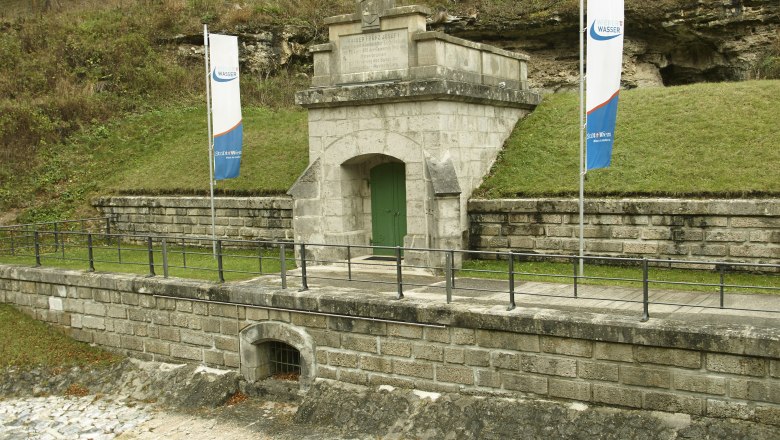Kaiserbrunn Water Pipe Museum
Description
History of Vienna
Vienna is the envy of the world for its delicious spring water. Its origins date back to the 17th century: Emperor Charles VI discovered a spring during a hunt at the foot of the Schneeberg and had the water regularly brought to Vienna in barrels. Under Emperor Franz Joseph, the 1st Vienna High Spring Water Pipeline was finally built, which still supplies Vienna with the best drinking water today. The original source was thus given the name "Kaiserbrunn".
The construction of this masterpiece of engineering took four years. Since its commissioning, the 112 km long pipeline has transported around 62 million cubic meters of water - around half of Vienna's drinking water requirements - directly to the federal capital every year.
Museum
The Kaiserbrunn Water Pipeline Museum is dedicated to the history and technology of this extraordinary water supply system.
It is housed in two buildings with seven exhibition rooms and a spacious outdoor area.
- The main building, which was once a water inspector's house, is now a listed building.
- Hundreds of original objects, informative display boards and video presentations bring the development of the I. High Spring Water Pipeline to life.
- The museum is open to the public free of charge - an exciting and family-friendly excursion into the world of Viennese water.
Guided tours are available for groups of 10 or more by prior arrangement.
Water pipe trail
If you don't just want to see history, but also experience it, walk along the water pipeline trail. For the first few kilometers, it accompanies the water on its way to Vienna. The almost 4 km long trail leads from Hirschwang to Kaiserbrun through the wild and romantic Höllental valley, past rugged rock faces and along the clear Schwarzau river.
Did you know?
The water pipe museum is easily and conveniently accessible with the RUFbus Semmering-Rax bus. (Bus stop RE27 Kaiserbrunn)




